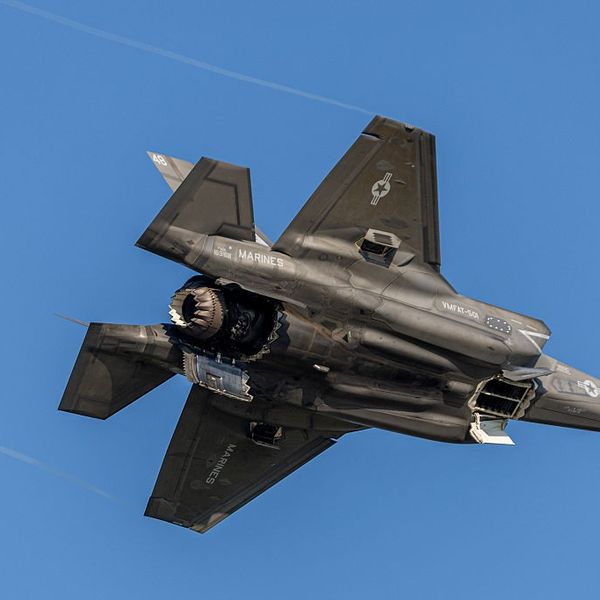Bottom Line Up Front
- The U.S. will likely maintain an enduring military presence in Syria for years, in an extremely complex operating environment.
- Washington sees its force posture as necessary to check the expansion of Iranian influence, yet others, like Turkey, Russia, and the Assad regime, view the situation quite differently.
- Turkish President Recep Tayyip Erdogan has threatened a military strike against U.S.-backed Syrian Kurdish rebels in northern Syria.
- Ankara strongly objects to American support of a Kurdish presence along its border, a threat the Turks interpret as a more serious long-term challenge to stability than the so-called Islamic State.
On December 12, Turkish President Erdogan stated, in unequivocal terms, ‘it is clear that the purpose of U.S. observation points in Syria is not to protect our country from terrorists, but protect terrorists from Turkey.’ He was referring to U.S. outposts along the border that the U.S. has said are to ‘warn’ Turkey of possible terrorist attacks emanating from Syria. Ankara, which accuses the U.S. of supporting terrorism by supporting the Kurds, dismisses the U.S. rationale that the outposts are about addressing Turkish ‘security concerns’ and it is likely Turkey will conduct some attack despite U.S. pressure to stand down. Far from being a defined military campaign to ‘defeat’ the so-called Islamic State, the U.S. is now embarking on a sustained military presence in Syria that is not justified under the 2001 Authorization for the Use of Military Force (AUMF). The campaign is shifting from a counter-IS campaign to one aimed at limiting Iranian influence. All of this is taking place against a backdrop with limited congressional oversight or public debate over the merits of a prolonged American military mission in Syria.
As reported most recently in the Washington Post, the U.S. is operating in northeast Syria with a light footprint, but with major geopolitical interests at stake. The U.S. has substantially and directly supported a coalition known as the Syrian Defense Forces (SDF), dominated by Syrian Kurdish elements. These Kurdish forces, the Kurdish People’s Protection Units (YPG), have been Washington’s most reliable ally on the ground and an effective fighting force against the Islamic State. The counter-IS fight is now winding down in northeastern Syria as the Islamic State’s territory is reduced to less than one percent of what it was at its peak, mostly centered around the Hajin pocket and other towns and villages in the Central Euphrates River valley.
The Kurds are seizing the opportunity to settle in as a de facto governing force, a major concern for Erdogan. Turkey views a sizable Kurdish presence along its southern border as a threat far greater than any posed by the Islamic State. The U.S. finds itself seeking to maintain a long-term presence in northeastern Syria where its strongest local support is the stated main enemy of Turkey. The Assad regime—along with its Russian and Iranian supporters—is directly opposed to any continued U.S. presence in Syria. Essentially, the U.S. finds itself in a situation far more complicated than Afghanistan with less capability and little regional support: fighting terrorists and insurgents without a local government with whom to engage in sustained security cooperation and seeking to counter Iranian influence that enjoys the direct support of the ruling regime and its powerful allies. For the U.S., the issue is worse than a lack of regional support; Turkey is openly threatening to conduct cross border attacks against YPG positions in Syria.
Just recently, the situation escalated to a point where a direct phone call between Erdogan and President Trump was arranged, perhaps as a confidence building measure to avoid direct conflict between two NATO members.The prospect of the U.S. being militarily involved in Syria, caught in the middle of one of the most complex conflicts in recent memory, with shifting objectives and an ambiguous endgame, has been met with congressional indifference and public apathy. While press coverage of the ‘forever war’ in Afghanistan periodically spikes amid U.S. personnel losses or significant attacks against Afghan civilians and security forces, the emergence of another long-term military commitment with scant prospects of success is happening in Syria. Nevertheless, recent developments in Syria have been largely absent from public debate or congressional scrutiny, raising the prospects of mission creep in yet another theatre in the Middle East.








